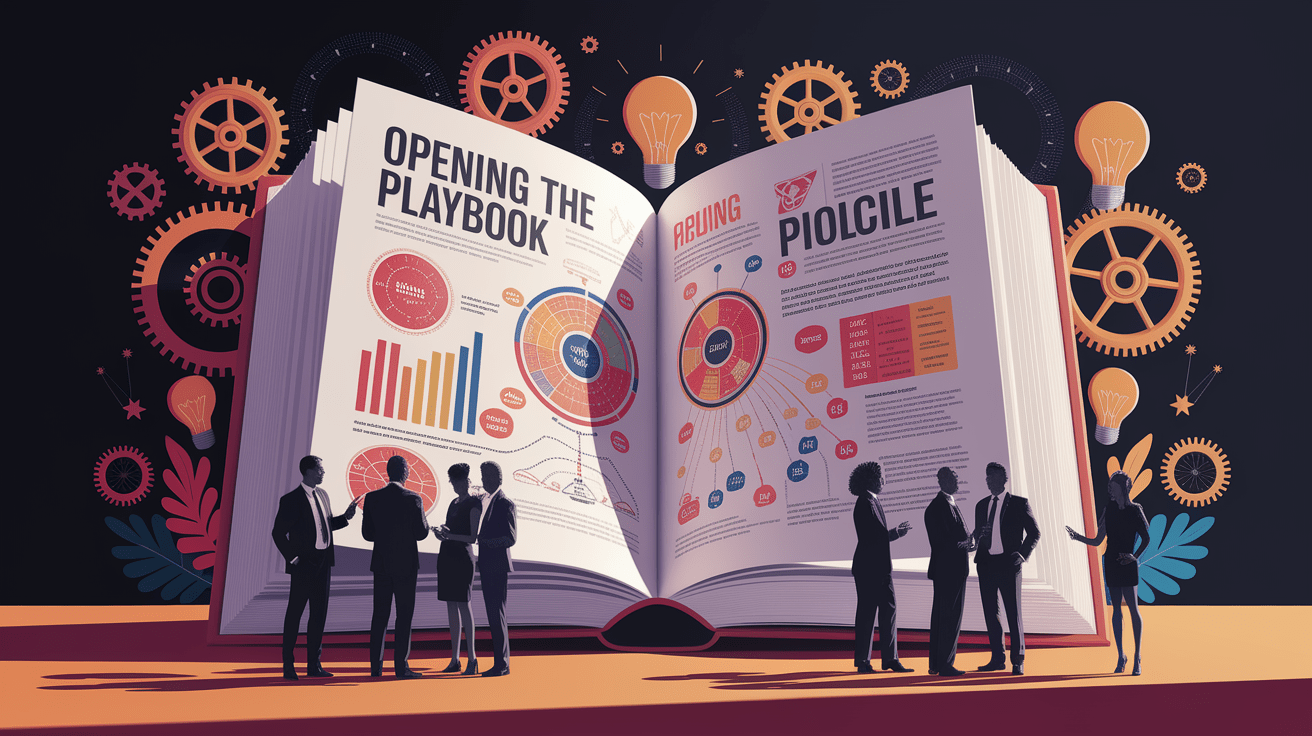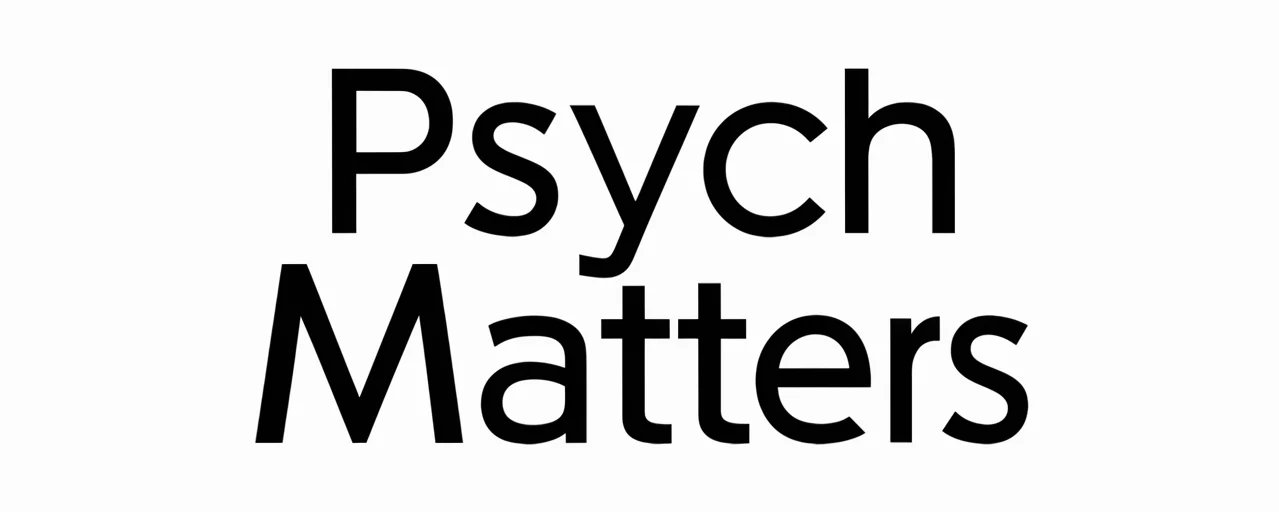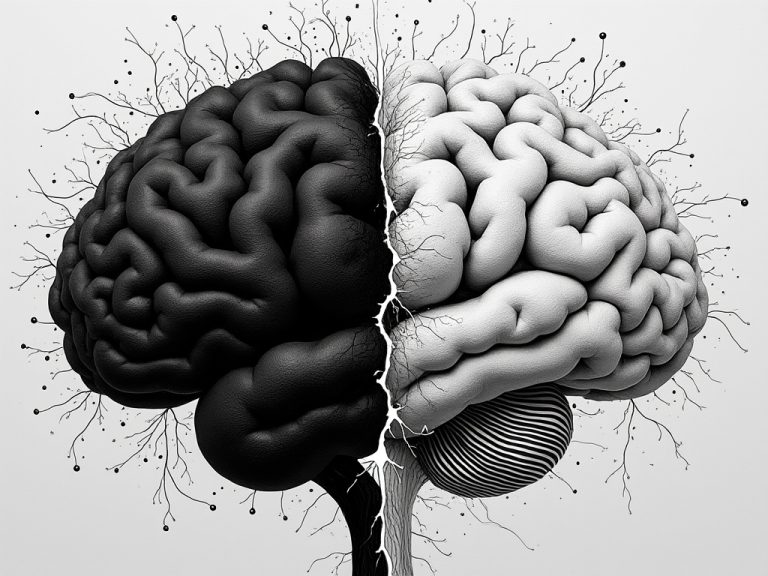Nudging for Good: Harnessing Decision Architecture in Policy-Making
Opening the Policy Playbook
Modern policy-making is increasingly drawing on insights from behavioral economics to shape more effective interventions. Instead of relying solely on mandates or incentives, governments are incorporating “nudges” — subtle shifts in the decision environment designed to guide choices without removing freedom. This approach recognizes that human decision-making is influenced by context, cognitive biases, and social factors, and that policy can be more effective when aligned with these behavioral realities.

The combination of decision architecture and nudge theory has been applied globally, from increasing tax compliance rates to improving public health outcomes. When done transparently and ethically, these methods offer a powerful alternative to traditional regulation, making it easier for citizens to make beneficial choices while respecting individual autonomy.
What Is Decision Architecture?
At its core, decision architecture involves the systematic design and arrangement of the environment, information, and options presented to individuals to influence their decision-making process toward desired outcomes. This includes:

- Defining the decision context and understanding the cognitive biases at play.
- Structuring available options — also referred to as choice architecture — to make certain decisions easier or more attractive.
- Providing clear feedback on the implications or results of each choice.
This design approach incorporates behavioral science principles such as heuristics, framing effects, and bounded rationality. In policy settings, decision architecture can improve policy outcomes by ensuring that the context and presentation of choices facilitate better decision-making without constraining freedom.
Nudges in Action
“Nudging” is a behavioral intervention concept popularized by Richard Thaler and Cass Sunstein in their work on libertarian paternalism. It refers to designing the choice environment to steer behavior in predictable ways without eliminating options or significantly changing economic incentives.

Examples of nudges include:
- Default options: Automatically enrolling employees into retirement savings plans, while allowing them to opt out.
- Social norms messaging: Informing people that most of their neighbors recycle, encouraging similar behavior.
- Salience and framing: Displaying the calorie count prominently on menus to promote healthier food choices.
In government contexts, nudges have been used to increase organ donor registrations, promote energy conservation, and improve adherence to medication schedules. By leveraging behavioral insights, these interventions achieve measurable results without imposing restrictive regulations.
Ethical Frameworks and Transparency
The use of decision architecture raises important ethical questions. Concepts like libertarian paternalism suggest that interventions should be designed to help those who might make suboptimal decisions while not restricting the freedoms of those making rational choices. Similarly, asymmetric paternalism recommends structuring decisions to benefit the less informed while leaving others unaffected.

Key ethical principles include:
- Transparency: Citizens should understand when and how they are being nudged.
- Beneficence: Interventions should be in the genuine interest of the decision-makers.
- Non-deception: Avoid exploiting cognitive biases in ways that mislead or disadvantage individuals.
Guidelines from behavioral science stress that trust in government depends on openness and public dialogue surrounding the use of nudges in policy implementation.
Implementing Effective Policy Nudges
Deploying behavioral interventions in policy design requires a structured approach. Policymakers should:

- Identify the policy goal: Clarify the desired behavioral change and ensure it aligns with public interest.
- Diagnose the decision environment: Map out how choices are currently presented and where suboptimal decisions occur.
- Integrate behavioral insights: Incorporate findings from behavioral research to predict how changes in presentation will influence actions.
- Test and iterate: Use pilot programs to evaluate the impact before wider implementation.
- Monitor ethics and transparency: Ensure clear communication and maintain accountability.
For example, applying structured decision architecture frameworks can help integrate stakeholder perspectives, reduce ambiguity in regulations, and improve policy effectiveness. Many governments have established “nudge units” — specialized teams dedicated to designing and evaluating these behavioral tools.
Signing Off with a Gentle Nudge
Decision architecture and nudging represent a shift toward behaviorally informed governance, where an understanding of cognitive psychology and human behavior underpins policy design. By leveraging choice architecture principles responsibly, policymakers can encourage beneficial behaviors while maintaining freedom of choice. Ethical safeguards and transparent communication remain essential to ensure these tools serve the public good. Used wisely, nudges can make better decisions easier — both for individuals and for society as a whole.







